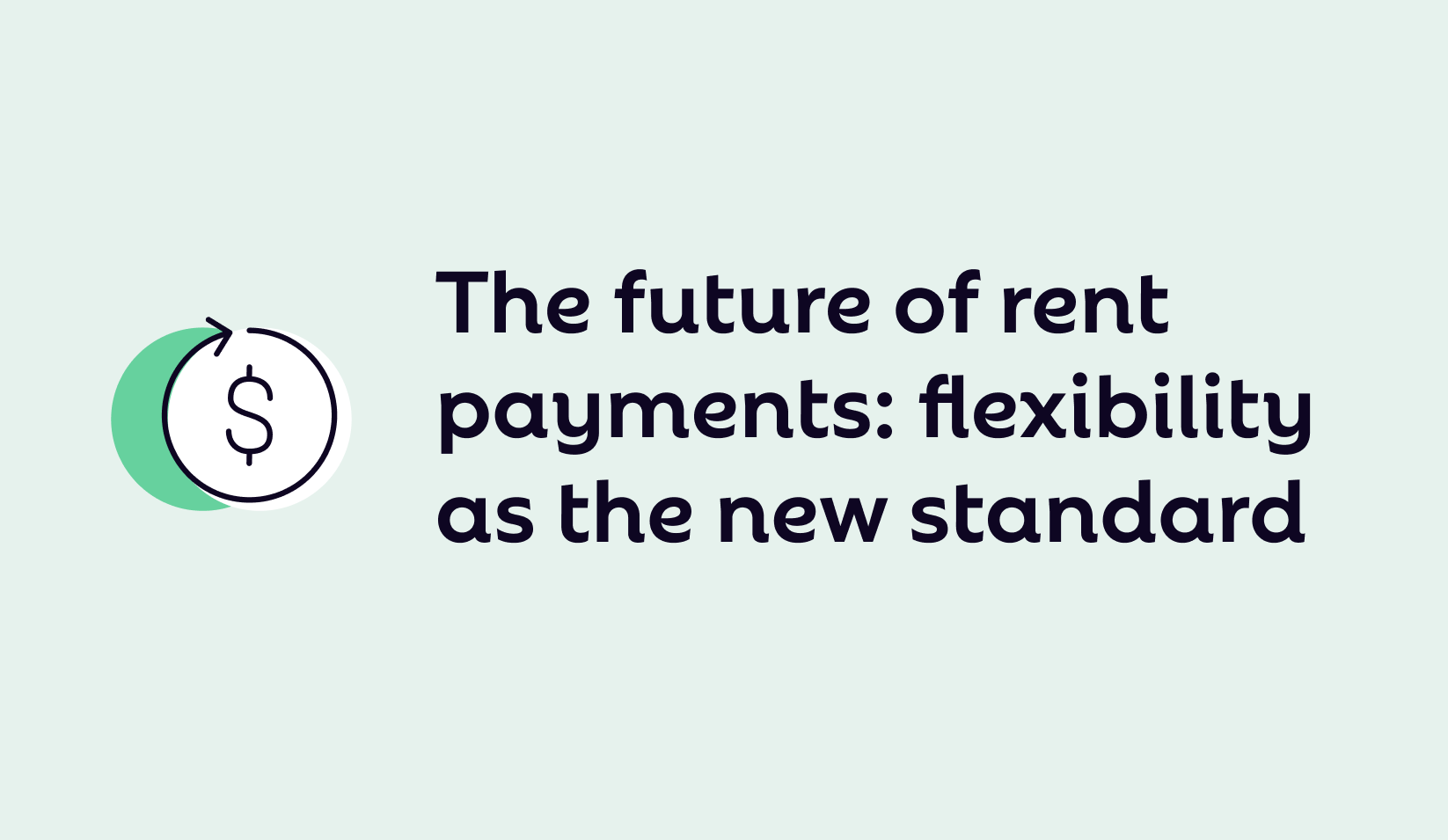Introduction
The way we work has changed. The way we get paid has changed. So why is rent still stuck in the past?
For millions of renters, rigid first-of-the-month rent deadlines create financial stress, late fees, and even eviction risks. But what if rent payments evolved to match the way people actually get paid?
In this post, we’ll explore:
✅ How the rental payment model is evolving.
✅ Why renters and property managers are embracing flexible rent solutions.
✅ What the future of rent payments looks like.
Why the Traditional Rent System Is Outdated
The first-of-the-month rent deadline is a holdover from an era when most workers were paid monthly. But today, that’s no longer the case.
📆 Over 50% of renters are paid biweekly or weekly, making it difficult to save enough for a full rent payment by the first.
🏠 Rent costs have increased by 5.8% year-over-year, while wage growth has lagged behind.
💳 $186 billion was paid in late fees on credit cards and bills in 2023, often by renters struggling to cover their full rent amount.
For many renters, it’s not that they don’t have the money—it’s that they don’t have it all at once.
Meanwhile, property managers face:
❌ Higher delinquencies due to tenants struggling to pay in full.
❌ Cash flow uncertainty when rent payments are delayed.
❌ Costly evictions when tenants fall behind.
Clearly, the way rent is structured isn’t working for today’s renters—or property managers. But the good news? The industry is already shifting toward a smarter, more flexible model.
💡 Imagine This: A Smarter Rent Payment System
📌 Today’s system: A renter’s paycheck comes in every Friday, but their rent is due in full on the 1st of the month. They scramble to save, but an unexpected bill throws them off. They’re forced to pay rent late, incurring a $100 late fee and a $35 overdraft charge.
📌 The future of rent: Instead of one lump-sum payment, rent is split into smaller, scheduled payments that align with their paychecks. No late fees. No overdraft charges. No stress.
💭 They sit at their kitchen table, calculator in hand, trying to figure out how to stretch their paycheck. The numbers don’t add up. Their rent is due in two days, but an unexpected bill has thrown off their budget—again. The cycle repeats, month after month.
💡 This is where flexible rent payments come in.
The Shift Toward Flexible Rent Payments
Rent flexibility is no longer just a concept—it’s becoming the new standard.
🔹 Renters are demanding more control over their payments.
📊 92.3% of flexible rent users reported that it improved their financial stability.
📆 More property managers are adopting flexible rent solutions to reduce delinquencies.
📈 Industry trends show that digital and automated payment solutions are on the rise.
As the demand for financial flexibility grows, property managers who offer modern rent payment solutions will attract and retain more tenants.
How Flexible Rent Payments Benefit Everyone
The transition to flexible rent payments benefits both renters and property managers by creating a more predictable, financially stable system.
For Renters:
✅ Avoid late fees and overdraft charges
✅ Match rent payments with paychecks
✅ Reduce eviction risks and financial stress
For Property Managers:
✅ Lower delinquencies and eviction rates
✅ More predictable cash flow
✅ Higher tenant retention and satisfaction
This win-win model is why flexible rent payments are quickly becoming the future of rental payments.
The Future of Rent: What’s Next?
As rent payment models evolve, we can expect to see:
📌 More property managers adopting flexible rent solutions to improve payment consistency.
📌 Integration with credit reporting, allowing renters to build credit through on-time rent payments.
📌 A shift away from late fees as a revenue model, leading to a more financially stable rental industry.
🚀 In the next five years, flexible rent payments could become the norm—helping millions of renters and landlords move toward a more stable and predictable rental market.
Final Thoughts: A Better System for the Future
The traditional rent model is outdated, but change is already happening.
Flexible rent payments represent the future—one that benefits renters, landlords, and the rental industry as a whole.
As more renters demand financial flexibility and property managers see the operational benefits, this shift will transform the way rent is paid—forever.
📄 Get the Full Report
📄 Breaking the Fee Cycle: How Flexible Rent Payments Improve Financial Stability and Housing Security
📩 Sign up here 👉 https://getflex.com/newsletter to get updates from Flex—straight to your inbox!



